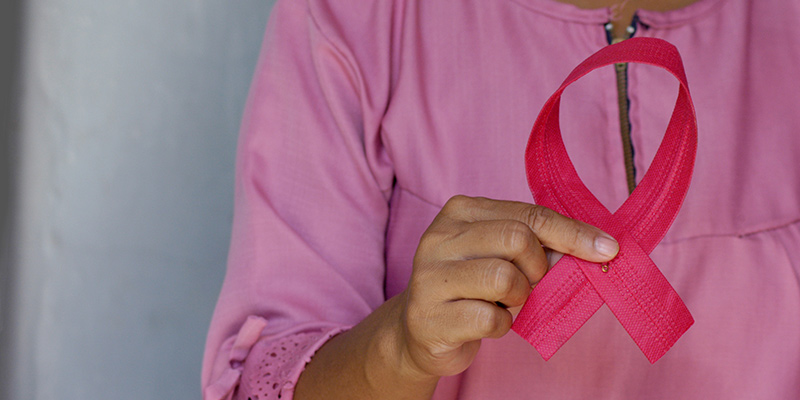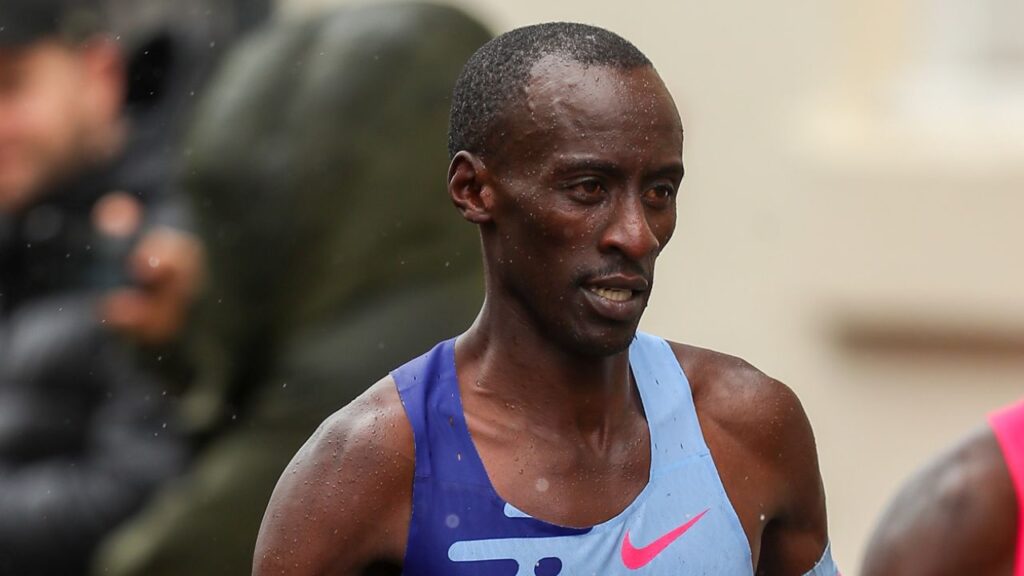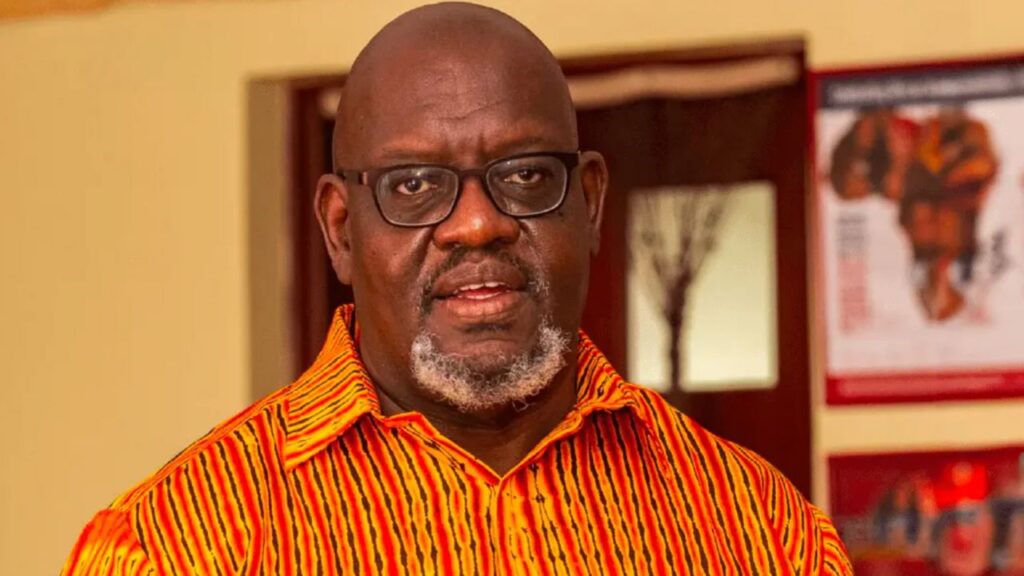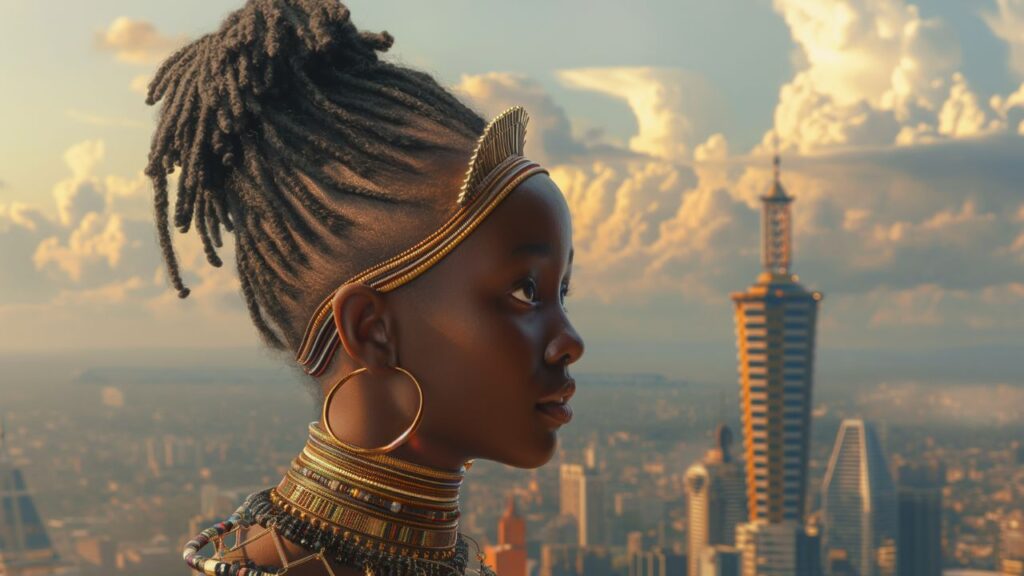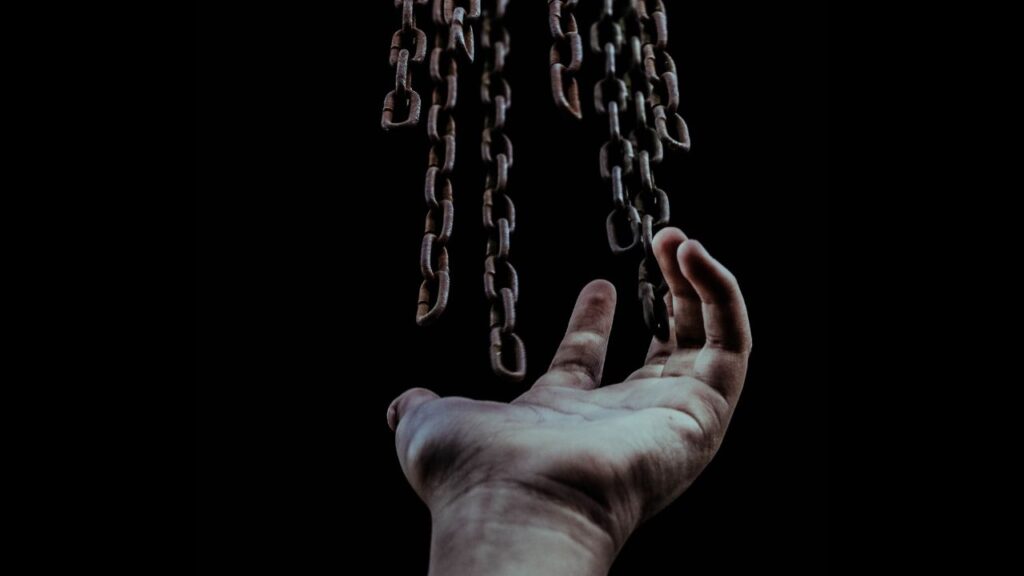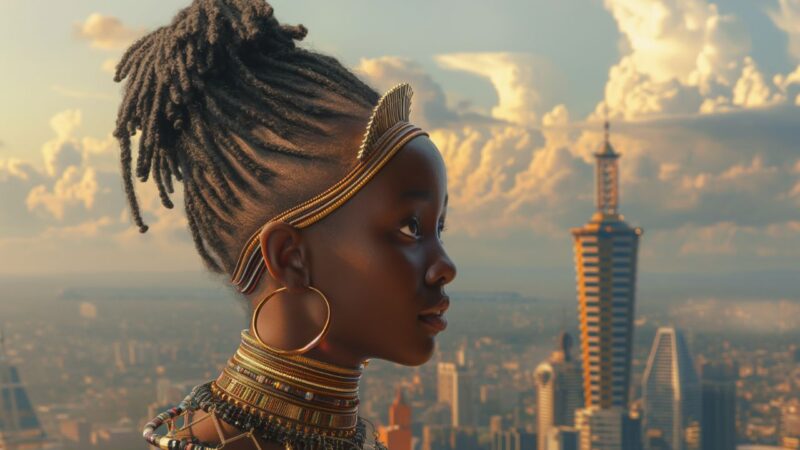I have been a registered nurse for eight years now and have spent two of those working in the United Kingdom. Like many who have immigrated to Britain, the search for greener pastures and working systems brought me here. I had my career figured out and I was sure that turning thirty would herald the dawn of a financial breakthrough, better roles and, if the stars aligned, a family. What I heard on my thirtieth birthday, however, sounded something like, “Happy thirtieth birthday Catherine. And you have breast cancer.”
I have heard people say, I have read, that a cancer diagnosis makes you deaf and dumb, that it stupefies you. I thought they were just unable to express what they felt. Words abandoned me on that last day of May 2021.
It started with a lump in my left breast. A tiny immovable grape-like elf hugging my chest wall and kissing the underside of my breast. It was located in a peculiar place and my General Practitioner (GP – known as a family physician in Kenya), my first point of contact, had struggled to palpate it. My breasts are medium-sized and I did not expect that she would find it difficult to feel the lump. Yet I had had to direct her gloved hands to the place where that little monster was hiding. Close to my heart. Crossing my heart.
On the 31st of May 2021 – the day my nephew turned nine and my elder sister sent me adorable photos of the boy celebrating his birthday – I took a Number 33 bus to the Edinburgh Breast Unit for my appointment with the specialist breast doctor and surgeon at the Western General Hospital where my GP had referred me when I saw her sometime in late April 2021. He started by commending me for detecting the lump as it was quite small and well concealed. Yet I had not been actively looking for it; I was just fiddling with my left breast absent-mindedly when I felt it.
After a thorough physical examination of my breasts, Mr J, as I will refer to him here (male surgeons in the UK are referred to as Mr not Dr, welcome to Britain mate!) did a breast ultrasound. He then focused on my left breast and with the assistance of a brilliant clinical support worker (the equivalent of a patient care attendant or nurse aide in Kenya) my breast became a specimen under investigation. But even as the clinical support worker did her best to distract me, my eyes remained fixed on the screen of the ultrasound machine.
I saw the outline of the lump and the edges looked irregular. Mr J confirmed this and sent me to the mammogram department where a core bilateral mammogram and a fine needle biopsy of the lump were done. My mind kept going back to Kenya though. I wondered how much I would have had to pay for the consultation and for the tests. To be honest, the financial implications would probably have intimidated me enough to ignore that lump.
Just over an hour later, I was sent back to Mr J who broke the news.
“I am sorry that the mammogram shows that there is a small cancer,” he said matter-of-factly. Small cancer? You got to be kidding me! In all my years as a nurse, I have never heard of anything like a small cancer. I have also been a nurse long enough to know that breast cancer kills more women than cervical cancer.
I will be turning thirty tomorrow and you tell me that I have breast cancer? I went through a rough childhood and stormy twenties only to crown it all with a bloody cancer diagnosis at thirty? These thoughts raced through my head, screaming for attention as Mr J’s voice faded in the background. Suddenly I broke down. I bawled and wailed. I know I spoke in Swahili and Kikuyu much to the amazement of the good doctor. How he maintained his composure beats me.
Mr J held my hand and took me to another room where I was introduced to my personal Breast Cancer Nurse. I couldn’t believe that just a few hours earlier I had left my home a nurse and here I now was, a patient in need of a nurse. Mr J and Nurse A did their best to comfort a dishevelled and inconsolable me, all alone in the UK with no family and no romantic life to speak of. I cried harder. I missed my family and friends. I wished they were there with me. But I could not risk telling them anything over the phone.
When my abusive and manipulative marriage ended, I had thought that I would never go through worse times. I had even lied to people that “when you hit the bottom, you can only go up”. I wish to correct that and say, if you think it cannot get any worse, it actually can. It did. Right there, in my full view, it got worse.
There followed a series of blood tests and imaging tests and more blood tests. I did not even flinch when the nurse said she would need more blood samples. I would have to wait about a week for the results of the biopsy that would determine what stage the cancer was in and how management would look like.
In contrast with common practice in Kenya, the management of patients in the UK is largely patient-centred. Patients take part in the management of the disease from the initial point of diagnosis. There are no surprises. Doctors do not dictate what treatment will be given. They offer options, complete with alternative routes, and discuss the risks and benefits of action or inaction. You would be a fool to ignore science. Mother dear raised no fool in me.
A week later, it was determined that the cancer was Stage 1. Sigh of relief… because Stage 1 is curable. Results also came back positive for female hormone receptors. This matters because cancer cells behave like padlocks and we must know what type of padlocks they are. For each identifiable receptor, science has the keys or medications needed. Some cancers come back negative for all three types of “receptors”, the so-called Triple Negative Breast Cancers that are notoriously difficult to treat and manage. Sneaky little witches.
On 25 June 2021, I underwent surgery under general anaesthetic to remove the lump at the Western General Hospital. The United Kingdom has since 1988 invested heavily in breast cancer units, making breast cancer care effective and efficient. Waiting times are reduced because breast cancer patients do not have wait in line with patients seeking other services. Since Kenya seems to borrow heavily from the United Kingdom’s ways of doing things, perhaps this is one practice we could import.
Thankfully, the cancer had not spread beyond my milk ducts. But I needed radiotherapy to kill any remaining cancer cells and to reduce the chances of recurrence. All this happened in less than three months. I had to put on my big-girl pants and face my treatment. I did not have the time to mourn my lovely breast.
As I write this at the Lerruat Log Resort atop Kumpa Hill in Kajiado County, I cannot help but look at my breasts again in the mirror. I seem to be doing this a lot lately. Gazing at my breasts. As if I want them to say something to me. A habit that intrudes on my attempts to focus elsewhere. They are clearly asymmetrical; the left one dwarfs the right one. My bra size has also changed.
I am glad that they did not have to remove my breast. I still look forward to starting a family and breastfeeding my babies. I do not know how pregnancy will affect my breasts but I have come to accept that worry and fear are the nub of anxiety. I just am grateful to be alive and still have both breasts. Symmetrical or not, they are my breasts and I love them today more than ever.

